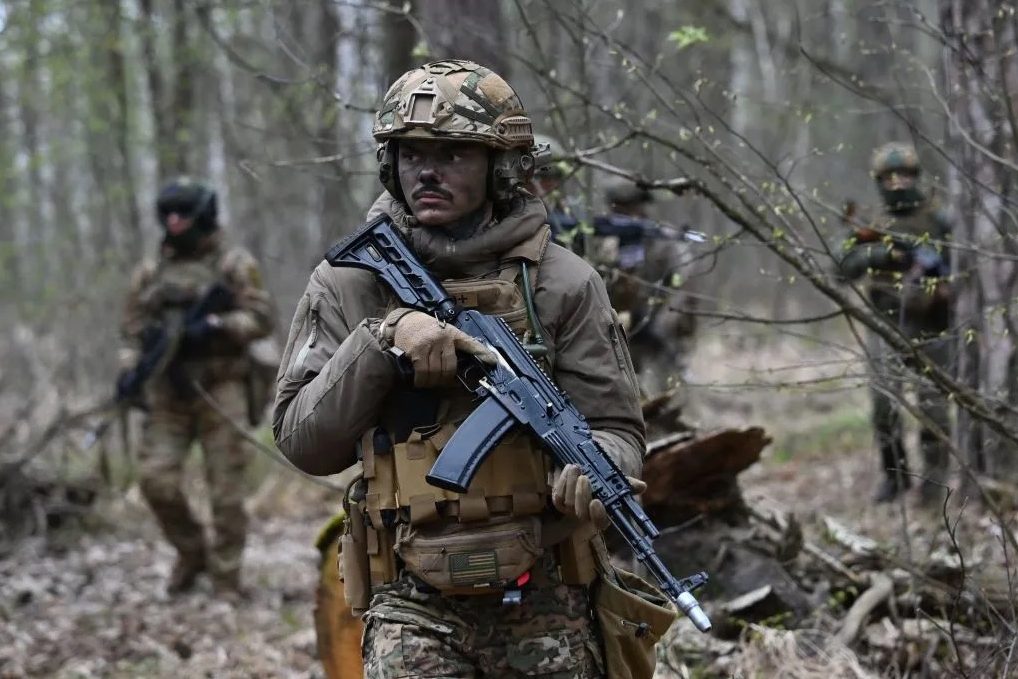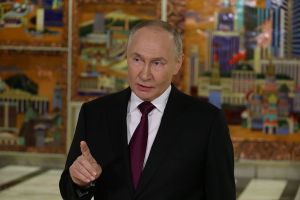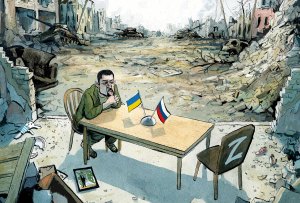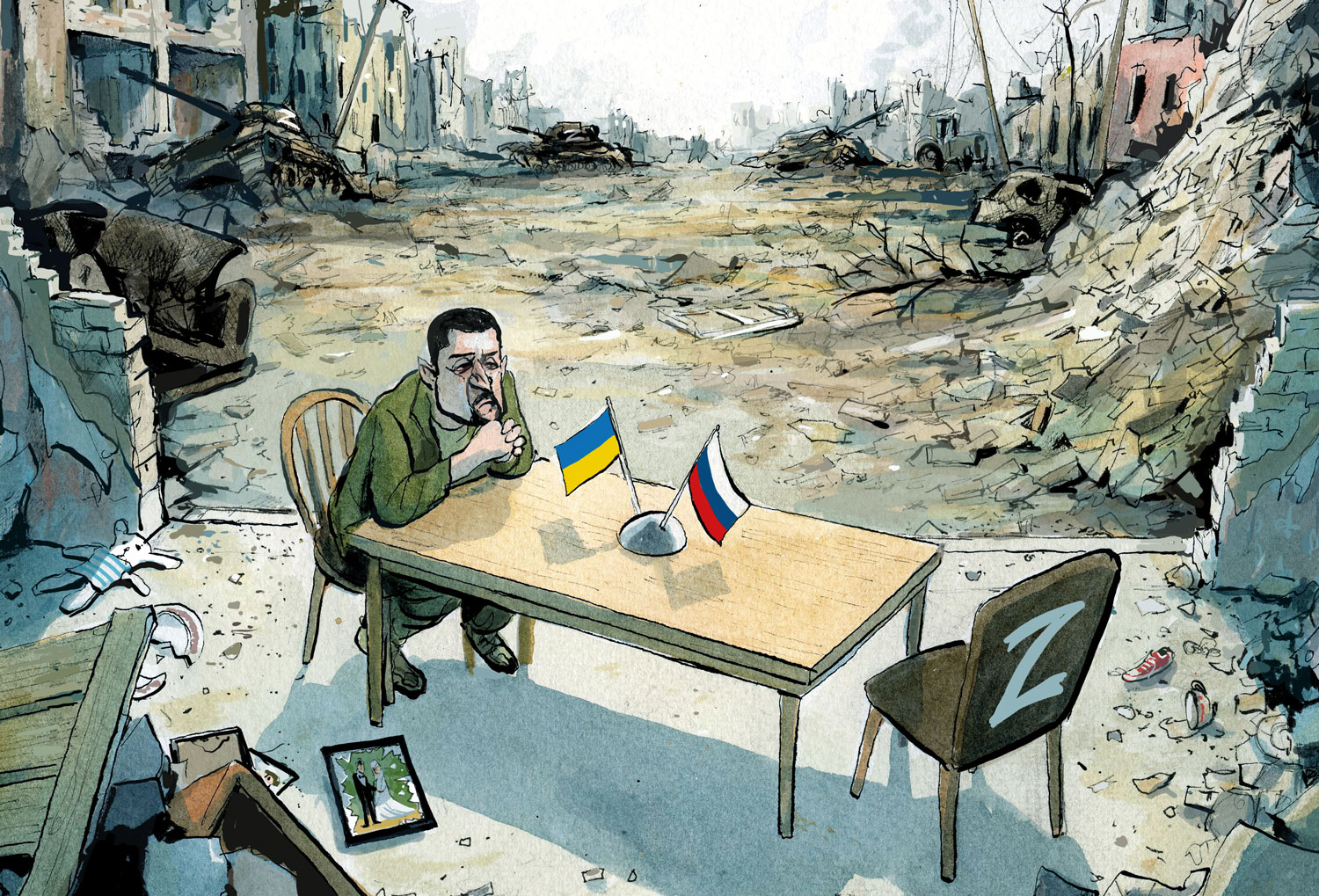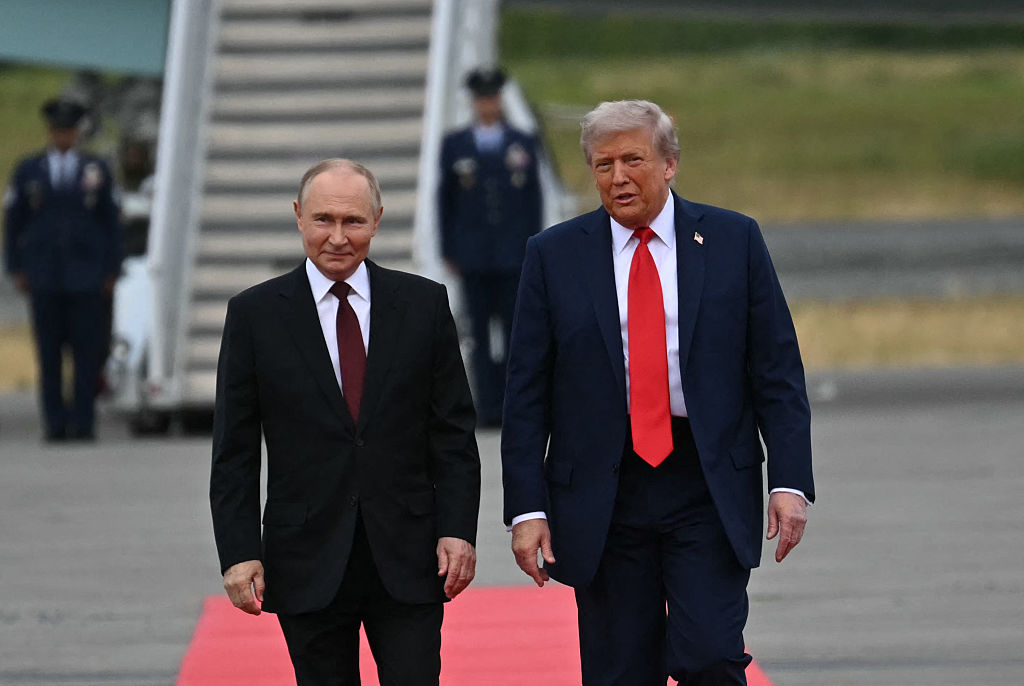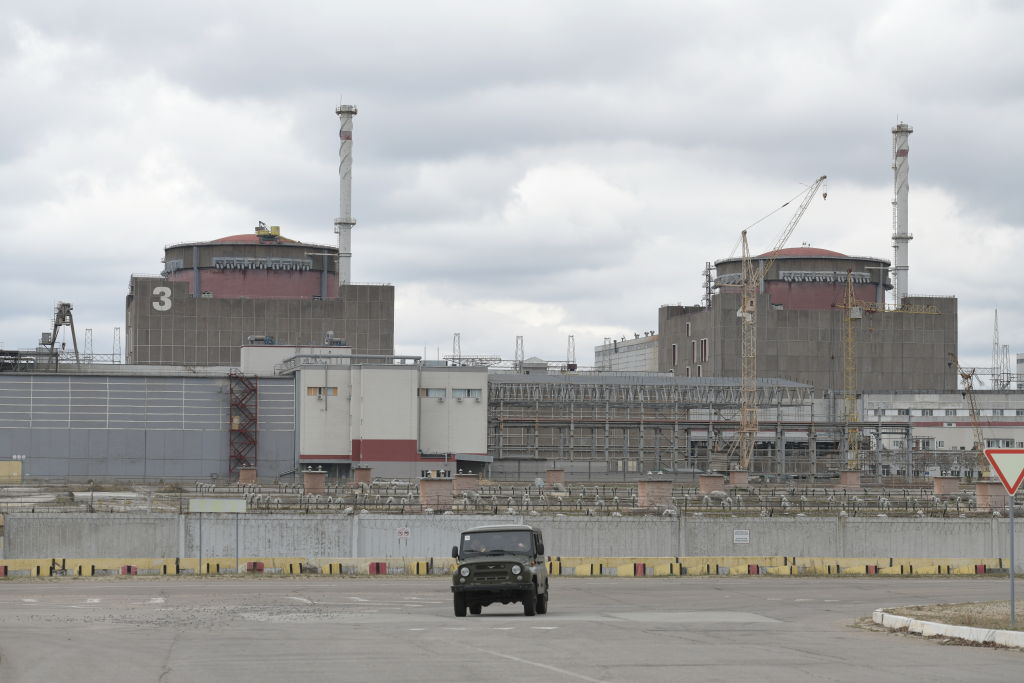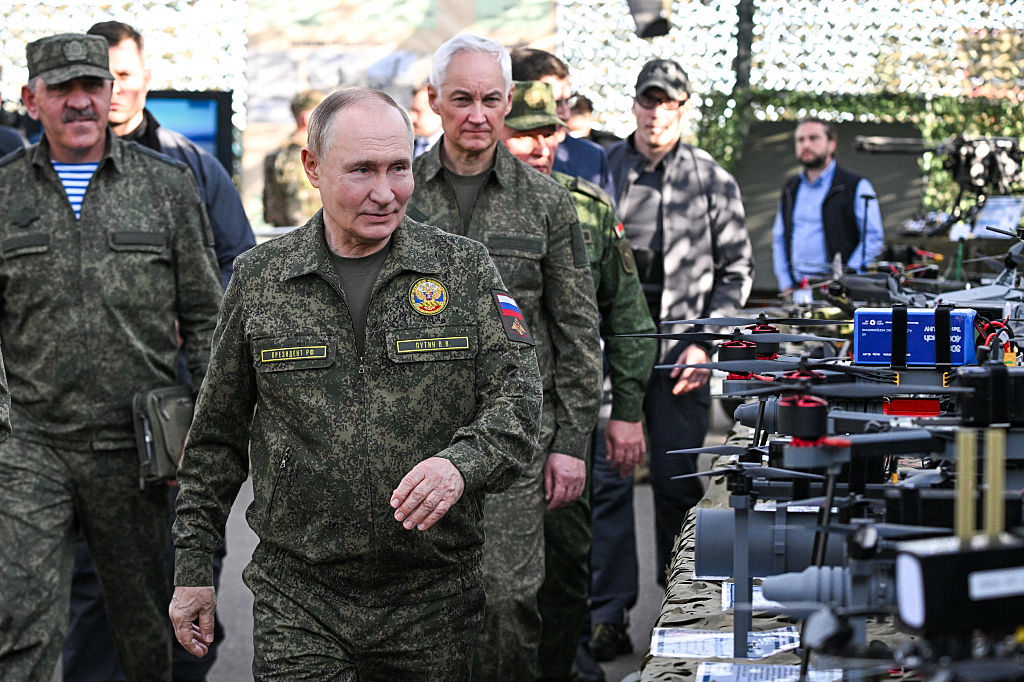In the last few weeks, words like “slow,” “grinding” and even “failure” have been used to describe the long-awaited Ukrainian counteroffensive. The fact that Ukrainian forces have not broken through Russian lines and indeed have only liberated a relatively small amount of Ukraine’s occupied territory after seven weeks (though to be fair, they’ve taken about as much as the Russians were able to seize in seven months), has led some to cast doubt on the course of the counteroffensive. It has been argued that the Ukrainians launched their main offensive in early June, failed, and since then have struggled mightily to deal with Russian defenses, particularly dense Russian minefields.
Actually, within the confines of the last sixteen months, with the one exception of the Ukrainian breakthrough in Kharkiv oblast last September, Ukrainian advances against well defended positions have been relatively fast. Compared with the Russian assaults on Bakhmut — a small city which took the Russians four to five months to seize — Ukrainian advances are arguably some of the fastest of the war.
However, the speed of advance actually tells us very little about both the counteroffensive and how the Ukrainians are waging this campaign.
What we have seen is a pivot by Ukrainian command, moving away from anything like the Russian campaign at Bakhmut. Instead, they are attempting to create the conditions for a later advance and attempting to keep casualties down. This is a sign of a military that understands what it can and, crucially, what it cannot do. It’s an offensive based on destruction before it becomes an offensive of advance.
When the Ukrainians ramped up their operations in early June they originally sent relatively small, company sized formations into battle. The most well-known of these probing attacks happened to the south of the village of Mala Tokmachka in the Zaporizhzhia region. The attack involved two companies mixing German-supplied Leopard tanks and US-made Bradley Fighting Vehicles — twenty vehicles in total. Though this Ukrainian probing attack hit stiff Russian resistance, and many vehicles were damaged, Ukraine’s Western equipment proved to be more durable — with just three Leopard 2s destroyed beyond repair. An additional seventy-seven Bradley Fighting Vehicles promised by the US for Ukraine in June-July 2023 more than made up for the forty-nine Bradleys damaged or destroyed by Russia during the same period.
What the Ukrainians discovered with these probing attacks in June was that breaking the Russian lines at that point would be too costly. Not wanting to continue banging their heads against the wall, as the Russians did in the battle of Bakhmut, the Ukrainians cut back on trying to advance to concentrate on the destruction of Russian artillery/multiple launch rocket systems, from the guns near to the front lines all the way back to the rear. In military-strategic terms this was the opposite of a failure, but a sign of prudence and understanding.
Since that moment, the Ukrainians have spent a great deal of effort trying to degrade Russian artillery in a holistic campaign — and there are signs of real successes. The destruction of Russian artillery units over the previous six weeks has been some of the highest in the war, and the Ukrainians have shown the ability to process and react on information faster than Russian forces. When it comes to counter-battery fire — the ability to quickly identify the source of Russian fire and hit that source before it can move — the Ukrainians have particularly shown that they have a speed advantage.
According to data published by the head of the Ukrainian forces in the Tavria region, Ukraine has destroyed or damaged since June 2023 at least 287 artillery pieces, twenty-three EW (electronic warfare) systems, and twenty-six air defense systems of the Russian Armed Forces in the Melitopol and Berdyansk areas.
Of course, it is not enough to just target Russian weapons. This campaign against artillery has stretched to a concerted attempt to attack Russian depots, where they keep their large stores of ammunition, and Russian command and control centers. This has been greatly assisted by the range extension recently (and belatedly) offered to Ukraine with the UK-supplied Storm Shadow missiles. The Russians had adjusted to the US-supplied HIMARS ammunition by moving their large storage facilities and command centers far enough behind the line that they could not be hit by the Ukrainians. However, with these new missiles, the Ukrainians have been able to attack previously safe facilities, with sometimes devastating results. The Ukrainians successfully targeted Russian artillery warehouses in Rykove (Kherson region), Starokrymske (Crimea), Vilne and Vesele (Crimea). Russia again has started to lose generals as it did at the beginning of the war. First 35th CAA acting head of staff major general Sergiy Horiachev was killed in a missile strike. Then deputy head of Southern Military District lieutenant general Oleg Tsokov died because of successful missile strike targeting a hotel in Berdyansk, the highest ranking Russian officer killed since February 24, 2022.
In general the Russians have become so infuriated with the success of the Storm Shadow strikes that they have targeted the air base which Ukraine used before February 2022 to house Su-24 bombers (the aircraft that Ukraine is using to launch the storm shadows) with Kinzhal missiles.
These Ukrainian successes are necessary to prepare for the moment when the army will restart large-scale forward movements. The only way to do this is to make sure that Russian artillery fire is weak enough that Ukrainian artillery fire can dominate the battlefield where it is needed. The Russian general Ihor Popov indirectly admitted the efficiency of the new Ukrainian tactics when he claimed that Russian forces lack the means to wage effective counter-battery strikes.
These successes will have to continue before the Ukrainians really transition to the next main phase of the counteroffensive, when they will try, for the first time, to make a major combined arms breakthrough involving full brigades. Now, there has been some criticism, in one case particularly from German sources, that the Ukrainians have not been able to put into practice NATO-type combined arms warfare. This is one of the most bizarre charges of the war. NATO forces are designed to go into combat with significant air superiority, well developed and extensively equipped engineering forces, all paving the way for armored spearheads. The Ukrainians have no such luxury. Indeed, the Russians retain the numerical and technological advantage when it comes to fixed wing aircraft. Certainly, NATO combined arms training would not expect to be faced with a situation where the enemy is criss-crossing the battle area with drones, and has very effective helicopter forces. As such, Ukraine can’t fight a combined-arms battle as widely envisaged before the war. Ukraine will have to devise something new, using artillery supported by drones to create the conditions that previously would have been generated by aircraft.
This will not be easy, though the Ukrainians will try. And from what we have seen in this campaign so far, they have every chance of having some success.
The Ukrainians have adapted during the counteroffensive in a sensibly and strategically sound fashion to both limit their casualties and create the conditions for a later advance. They have had to do this with only a limited supply of longer-range weapons, and without air superiority. They have not been slow and the campaign has not failed. It is on the way to achieving strategic success, just in a way that most did not expect.
This article was originally published on Phillips O’Brien’s Substack.



